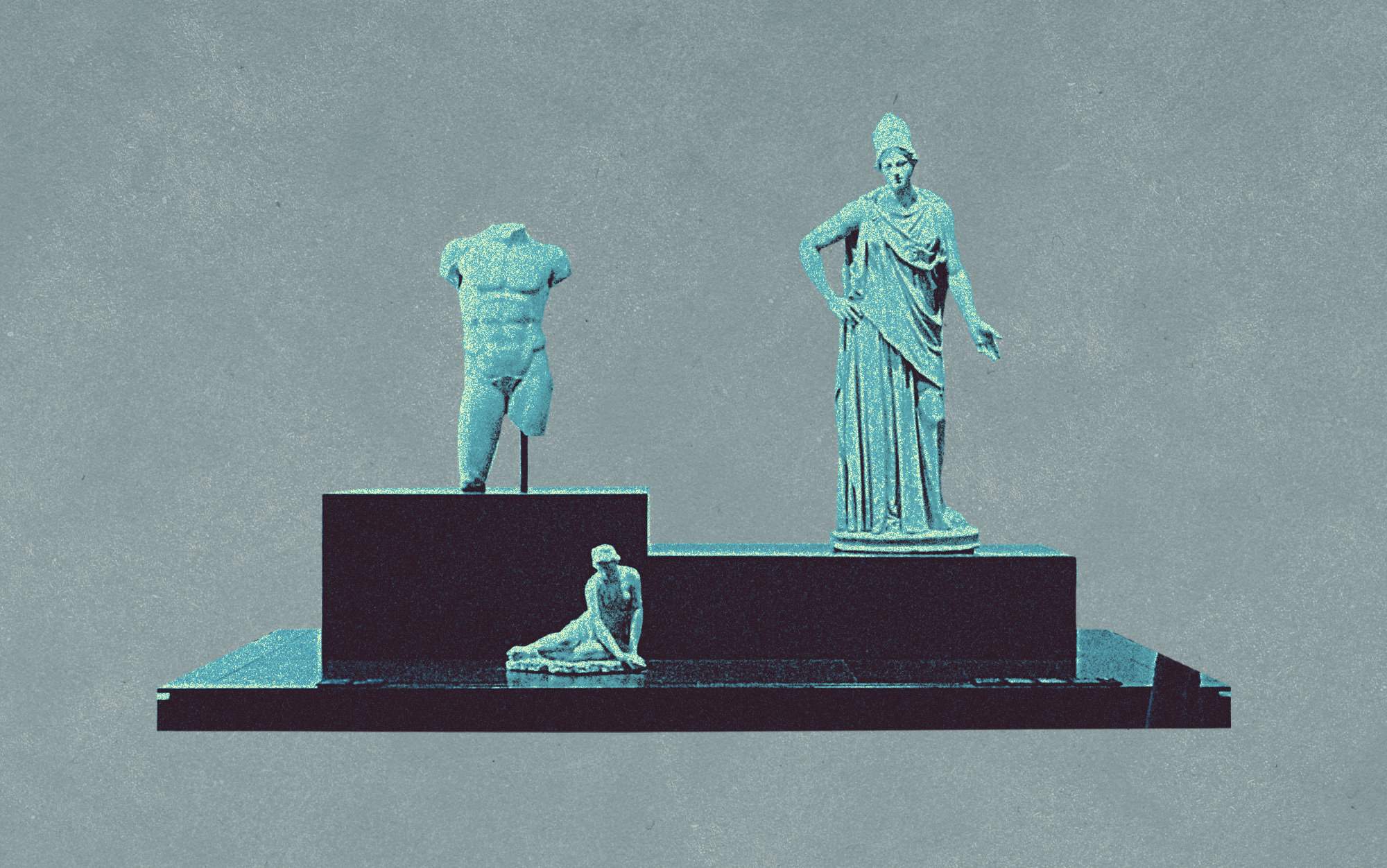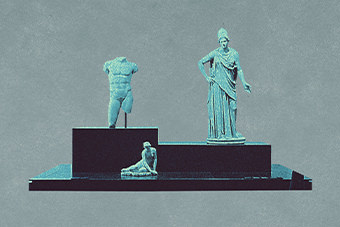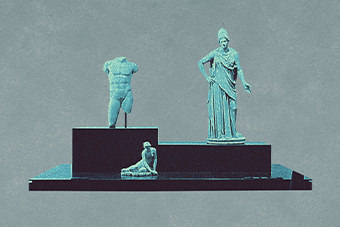Calcutta being the capital of the Raj, has exemplary remnants of neo-classical buildings which focus on a curious case of hybridization as the English mixed indigenous and Islamic features into the city’s architecture. The Marble Palace with its neo-classical facade along with a few elements of Baroque design and is one of the most prominent buildings in the city. The grounds include a lake, a rock garden, a private zoo, and is a site remarkable for its art collection.
Rajendro Mullick was an adopted son of the aristocratic Mullick family of Chore Bagan family. With the demise of the patriarch, Rajendro inherited the immense wealth accumulated by the businessman Ramakrishna Mullick.The title of ‘Raja Bahadur’ was also conferred to Rajendro Mullick by Lord Lytton, Viceroy and Governor-General, in 1878. Mullick started building the Marble Palace in 1835, at the age of sixteen. The Marble Palace is one of the most well-preserved examples of Neo-classical architecture in the heart of Kolkata. It was completed in 1840, and the main facade of the palatial building included touches of Neoclassical designs, along with the popular Corinthian columns and bas reliefs. The building has inherited its name owing to 126 different types of marble used to cover the walls, floors, and sculptures.
The palace is divided into five halls: Reception Hall, Painting Room, Sculpture Room, Billiards Room, Thakur Dalan (extended porches with ornate columns and arches). Apart from these there is a music room and a ball room. The Reception Hall exhibits a plethora of objects like marble sculptures, furniture, chandeliers, antique vases.
It has a personal collection of artifacts that range from Victorian souvenirs to Belgium glassware, to paintings by the Flemish painter Peter Paul Rubens amongst various other English, Dutch, and Italian artists. The palace houses 76 rare artworks brought in 1830 all the way from Italy and Belgium, among which are Joshua Reynold’s The Infant Hercules Strangling the Serpent and Venus and Cupid, as well as paintings by Raja Ravi Varma, Jan Van Goyen, Sassoferrato, Rubens, and Piero del Pollaiolo. The ballroom has candle chandeliers and silvered glass balls from 19th century disco balls.
+More Information
Getting there
Rail: 5-minute walk from nearest metro station, Girish Park Metro Station.
Average duration of visit
1-2 hours
Best time of the day to visit
Most Crowded: 11 am - 1 pm
Least Crowded: 3 pm - 4 pm
Museum administered by
Raja Rajendra Mullick and West Bengal Tourism Information Bureau
Currently closed
Yes.
Updated
Quick Facts
Address:
Raja Katra, Machuabazar, Kolkata, West Bengal - 700007
Visiting Time:
Sunday: 10 am - 4 pm
Monday: Closed
Tuesday: 10 am - 4 pm
Wednesday: 10 am - 4 pm
Thursday: 10 am - 4 pm
Friday: 10 am - 4 pm
Saturday: 10 am - 4 pm
The Museum remains closed on public holidays.
Entry Fees:
Entry is free.




